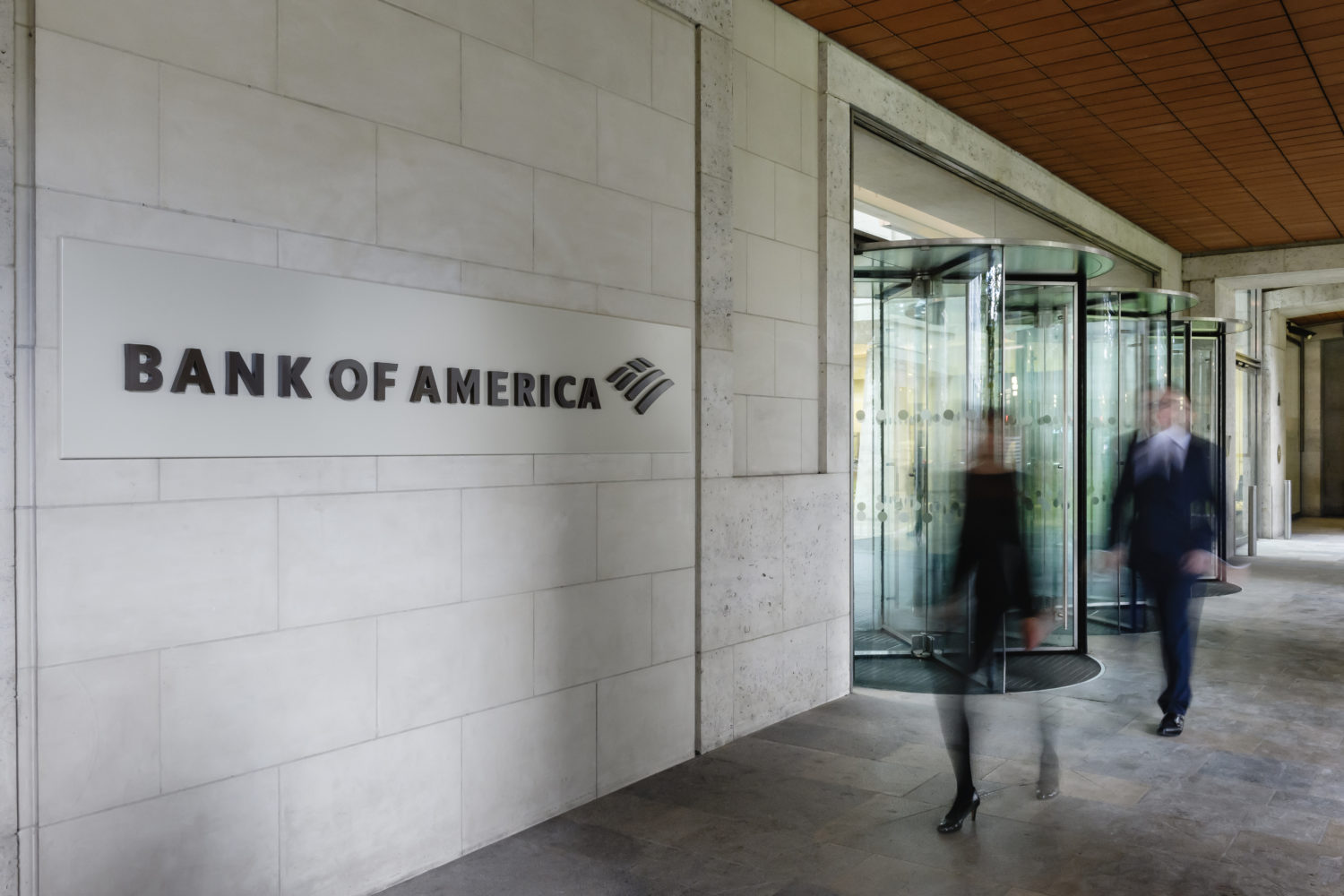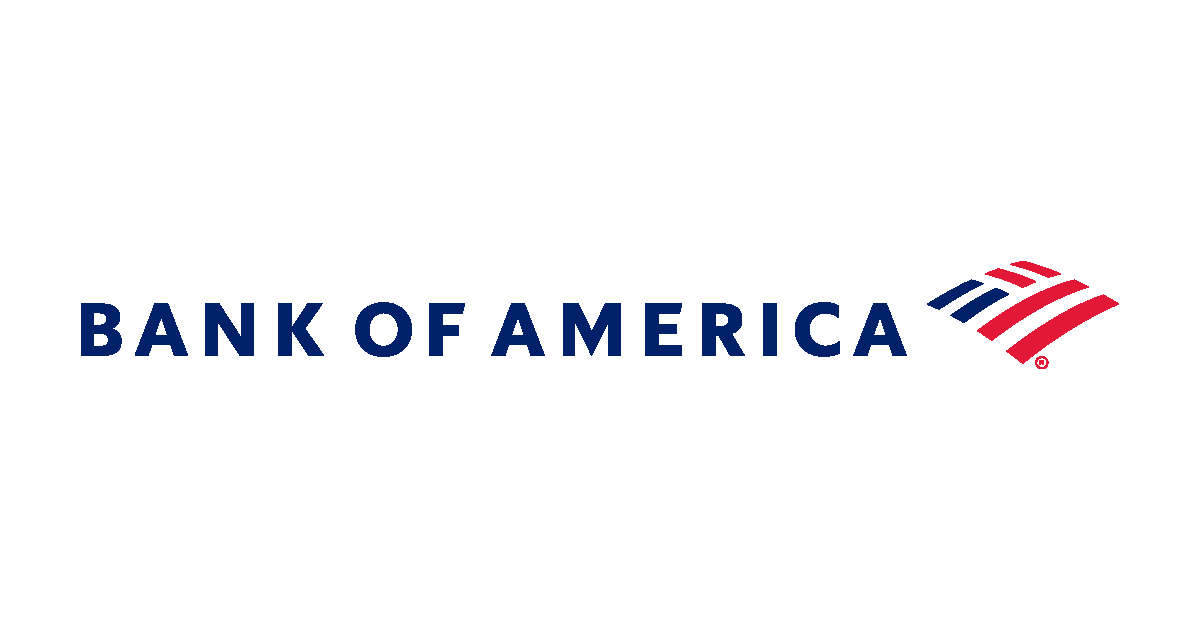The ETF industry is set to hit $50trn assets under management by the end of the next decade ETF strategists from Bank of America (BoA) have predicted amid the continued shift from active to passive and the “increasing awareness” of the benefits of the ETF wrapper.
In a research note, Mary Ann Bartels, investment and ETF strategist and Eli Lanik, ETF and CEF strategist at BoA, said the growth rate was in line with what has been seen over the previous decade where assets have broken the $6trn barrier.
“Longer term, the current growth rate indicates that ETF assets could top $50tn by 2030,” the duo said in the note.
The continued momentum towards ETFs, they said, would be driven by the vehicle’s advantages such as the tax efficiency in brings for US investors, low cost, superior liquidity and transparency.
Commenting on the prediction, Hector McNeil, co-founder and co-CEO of HANetf, said: "The last decade has seen some excellent growth numbers for ETFs but the next one is where we will see them really take off.
"We agree with the Bank of America’s forecasts and anticipate that the ETF is just getting started as a product wrapper in the European market."
As we enter the new decade, Bartels and Lanik predicted the ongoing pressure on fees would continue along with a rise of thematic ETFs.
Product saturation in the more traditional sectors such as market cap weighted would be the key factors driving the increase in thematic products.
“Asset growth will continue but will be driven largely by flows into existing ETFs while space for new products within equities is limited,” they continued.
“Issuers should be keen to establish themselves as the thematic ETF leader in 2020 by offering a comprehensive line-up of thematic ETFs.”
However, the duo were less bullish on the growth of non-transparent active ETFs next year.
In April, the Securities and Exchange Commission (SEC) approved the first ETF that is not required to disclose its holdings daily in what has been viewed as a watershed moment for the industry.
The reason for the bearish outlook on these products, they said, was because one of the key benefits of the ETF wrapper was the transparency.
Furthermore, the non-transparent active concept seems to blame the decline in active management on the deficiencies in the mutual fund structure rather than around their ongoing poor performance and cost.
“It seems a stretch to assume that the market will adopt such a dramatic change to a core characteristic as daily transparency,” they concluded.



